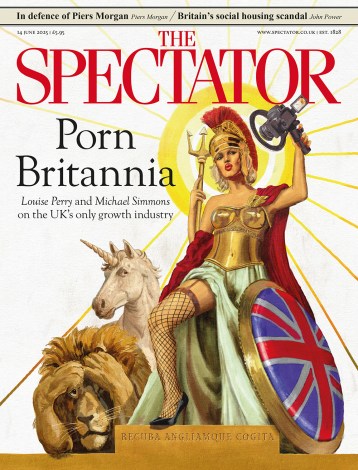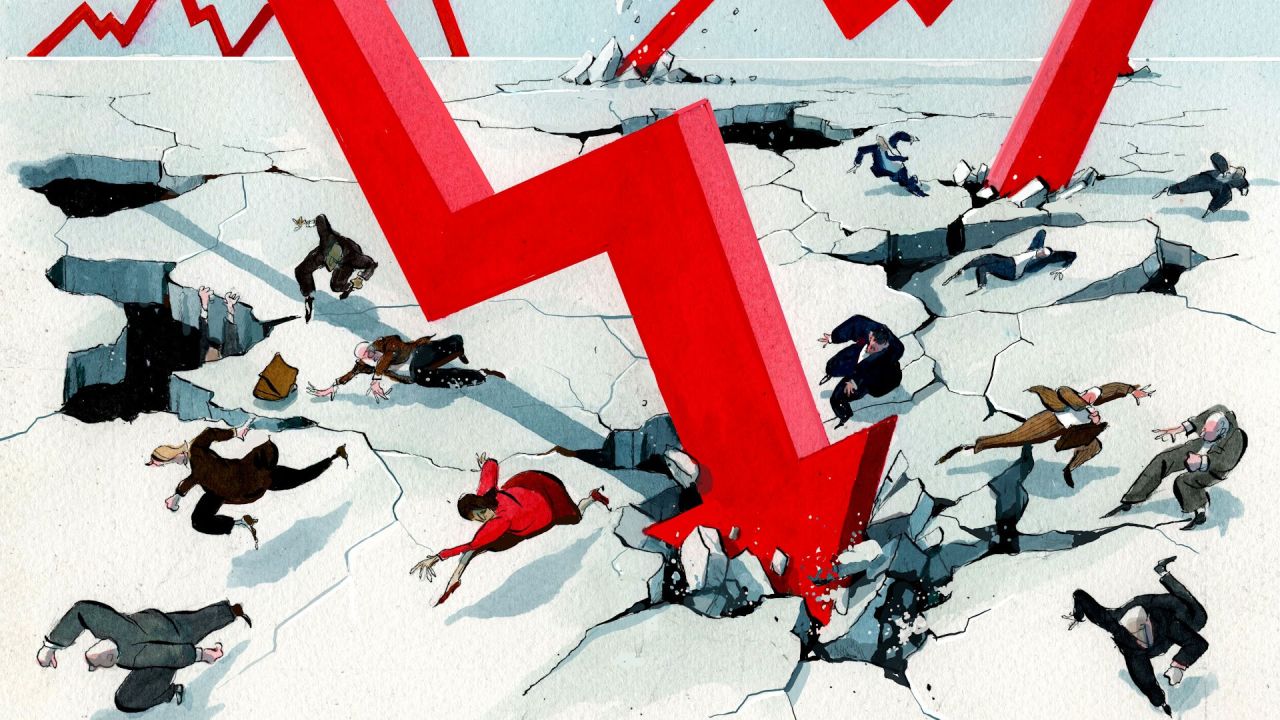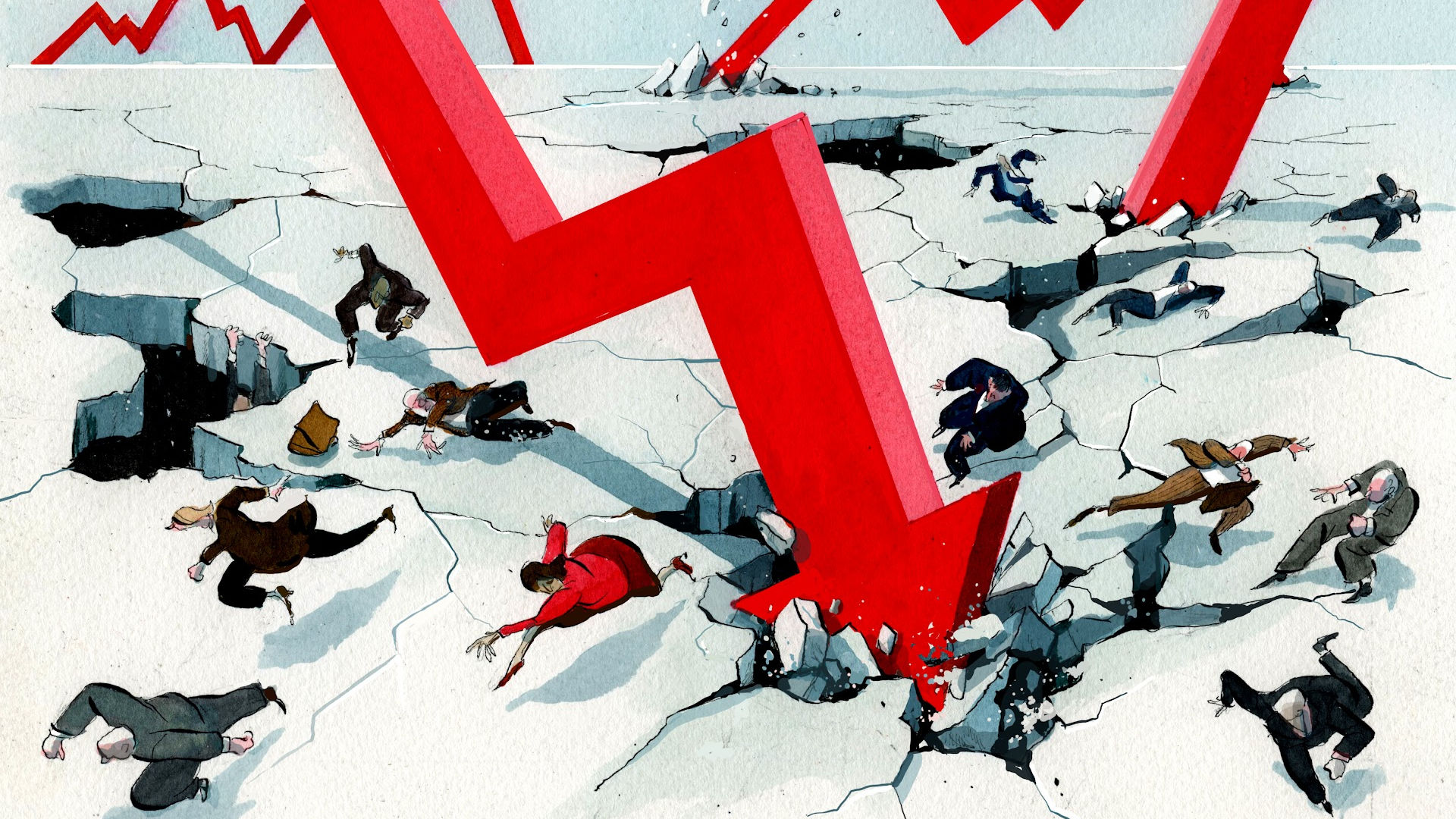One of the UK’s biggest economic problems is having so many people out of work – and the slowest return to pre-pandemic workforce levels in Europe. This is costly and slows growth, as taxpayers foot the bill for benefits while employers struggle to fill vacancies. Today’s figures show that it is getting better – but slowly.
The official unemployment count crept up to 3.9 per cent in the latest statistics. This is, ironically, a good sign as it shows more people are actually looking for work (about 12 per cent of the working-age population are on out-of-work benefits, although this is a figure that ministers seldom update and never publicise).
Meanwhile, figures released this morning by the Office for National Statistics show that job vacancies have fallen for the tenth consecutive period. They’re down 55,000 but still stand at just over a million jobs. To put this into perspective, the average in the pre-pandemic decade was about 600,000.
The number of people out of work and not seeking it (economically inactive) fell too.
In fact between the end of last year and the first quarter of this year there was a record flow of people moving from the ‘economically inactive’ category to the ‘employed’ category as some 156,000 people returned to or started work. This was primarily driven by young people and students looking for work.
But there are still some 361,000 fewer people in the labour market than in the months leading up to the pandemic. That’s the economic equivalent of losing a city the size of Nottingham. This will be offset in part with the recent rise in mass migration, a trend we’ll learn more about next week when the latest figures come out.
We also see today a continued rise in those on long-term sickness, which has hit a fresh high of nearly 2.6 million. This figure has shown no sign of slowing and is now nearly 440,000 higher than pre-pandemic levels.
Public sector wages grew 5.6 per cent – the largest nominal jump for 20 years. But adjust for inflation and they’re in decline. Private sector wage growth remained at 7 per cent, also a fall after inflation. Combined, this was again one of the largest falls in real earnings power since comparable records began in 2001.
The figures have not shown enough change on last month's release to make a meaningful impact on the Bank of England’s overall fears for the economy. Added to this is inflation which is expected to fall next Wednesday as energy prices drop out of the comparison. But it will still remain higher than many had assumed at the start of the year. As a result markets and economic pundits alike expect interest rates to be raised to 4.75 per cent.
We may be seeing signs of cost-of-living pressures incentivising a shift from welfare to work, pushing vacancies down. But the nearly 2.6 million signed off as too unwell to work shows no sign of coming down anytime soon – and while five million continue to stay on out-of-work benefits (a post-lockdown scar that was not expected), the UK recovery is unlikely to speed up.








Comments